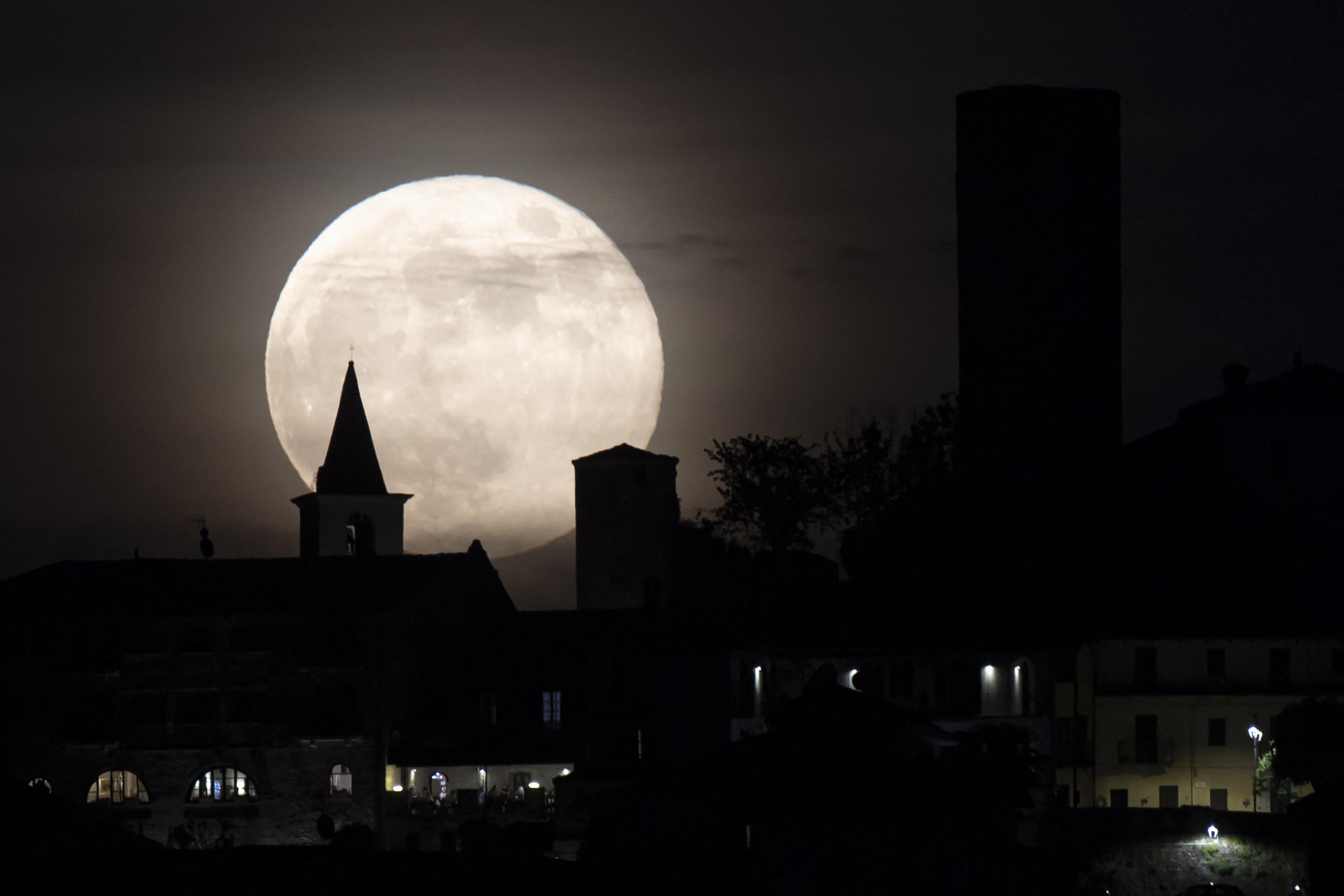

As such, most authorities recommend video EEG or video EEG–polysomnography 10 (PSG) for the diagnosis of paroxysmal nocturnal events. A number of historical features have been described that may distinguish NFLE from parasomnias, 8, 10 but the value of these features has not been systematically assessed. While typical parasomnias are often not a significant clinical problem, individuals with severe or frequent events often seek medical attention.

Such misdiagnoses are clearly to the detriment of the patient, who may be denied appropriate treatment or treated inappropriately. 8 These characteristics result in frequent misdiagnosis, with the events often being labeled as pseudoseizures or parasomnias and some cases previously being designated as “paroxysmal nocturnal dystonia.” 9 Conversely, some parasomnias may be violent and confused with NFLE. 7 Seizures in NFLE may have bizarre clinical features, with vocalization, complex automatisms, and ambulation investigation with electroencephalography (EEG) and magnetic resonance imaging often shows no abnormality. 3 Mutations in 2 genes that encode the α4 and β2 subunits of the neuronal nicotinic acetylcholine receptor ( CHRNA4 and CHRNB2) have been associated with ADNFLE, 4 - 6 although such mutations are only identified in a minority of families with this condition. Nocturnal frontal lobe epilepsy (NFLE) occurs sporadically or as an inherited form with an established genetic basis (autosomal dominant NFLE ). Seizures arising from the frontal lobes often occur during sleep and, in many patients, are entirely restricted to sleep. 2 However, a particular form of epilepsy that is increasingly recognized poses a diagnostic challenge. In many cases, distinguishing seizures and parasomnias by means of the clinical history is relatively straightforward. On the one hand, such events may be parasomnias, such as sleepwalking or sleep terrors these are benign nonepileptic sleep disorders defined as “unpleasant or undesirable behavioral or experiential phenomena that occur predominantly or exclusively during the sleep period.” 1 On the other hand, they may be epileptic seizures, requiring investigation and treatment. The diagnosis of abnormal paroxysmal motor events in sleep presents a particular challenge for the clinician. This may reduce the requirement for tertiary referral and extensive inpatient monitoring. Results Nocturnal frontal lobe epilepsy was correctly diagnosed from the FLEP score in 31 of 31 patients, with a sensitivity of 1.0 (95% confidence interval, 0.85-1.00), specificity of 0.90 (95% CI, 0.73-0.97), positive predictive value of 0.91 (95% CI, 0.75-0.97), and negative predictive value of 1.00 (95% CI, 0.85-1.00).Ĭonclusions A diagnosis of NFLE can be made reliably using the clinical features identified in the FLEP scale. Main Outcome Measure The diagnosis obtained from scores on the FLEP scale was compared with the confirmed diagnosis in each patient. Intervention Two independent interviews were conducted in each case, with the patient and a witness, by researchers blinded to the diagnosis. Participants Sixty-two patients (45 men) with paroxysmal nocturnal events. Setting Patients were recruited after appropriate diagnostic workup in tertiary sleep and epilepsy referral centers in Melbourne, Australia. It was then validated in a sample of individuals with firmly diagnosed nocturnal events.

Objective To examine the reliability of the clinical history in diagnosing NFLE, using the Frontal Lobe Epilepsy and Parasomnias (FLEP) scale.ĭesign The FLEP scale, comprising specific questions reflecting the diagnostic features of NFLE and parasomnias, was developed by an expert panel following review of the literature.

In nocturnal frontal lobe epilepsy (NFLE), the unusual seizure features often lead to diagnostic confusion with nonepileptic parasomnias video-electroencephalography monitoring is usually required to make the diagnosis. Shared Decision Making and Communicationīackground Abnormal paroxysmal events in sleep may be parasomnias or epileptic seizures.Scientific Discovery and the Future of Medicine.Health Care Economics, Insurance, Payment.Clinical Implications of Basic Neuroscience.Challenges in Clinical Electrocardiography.


 0 kommentar(er)
0 kommentar(er)
